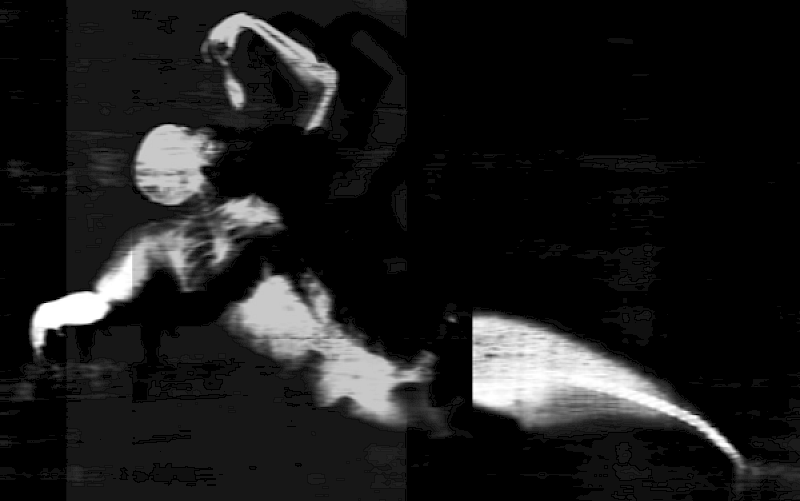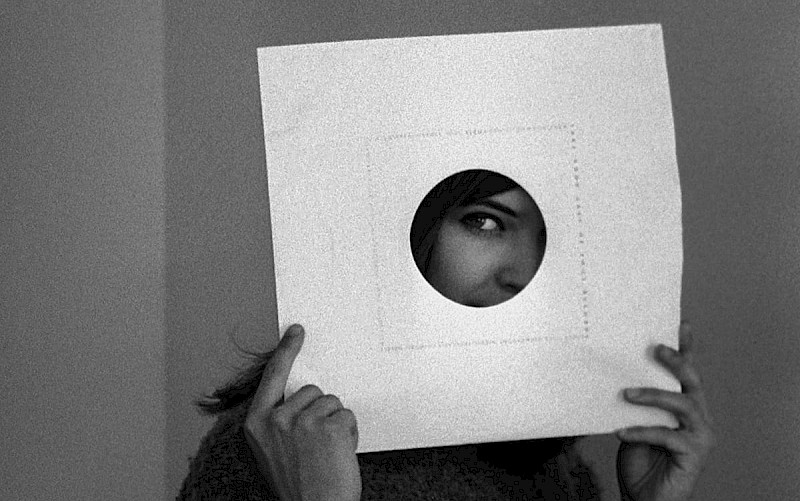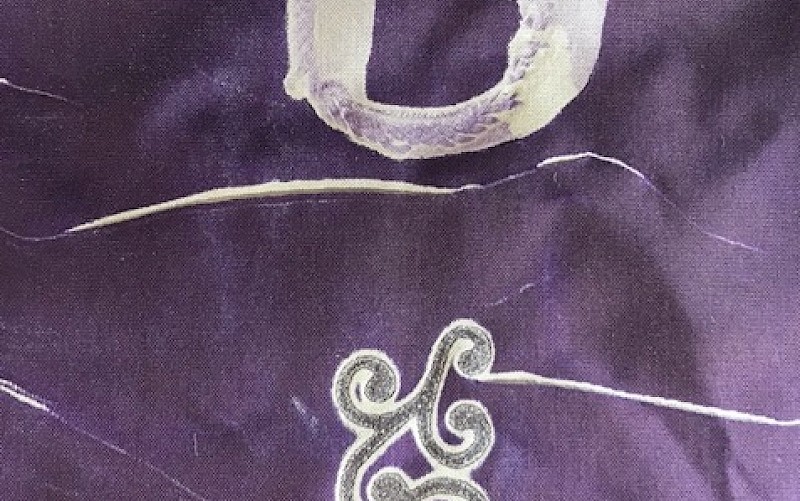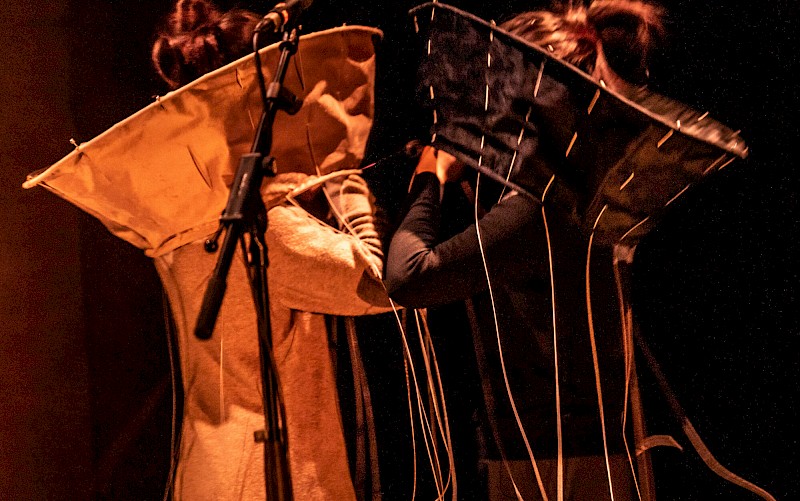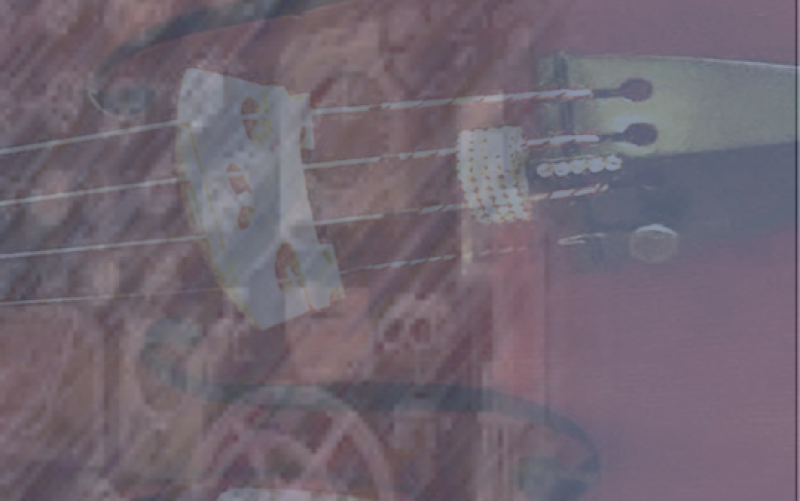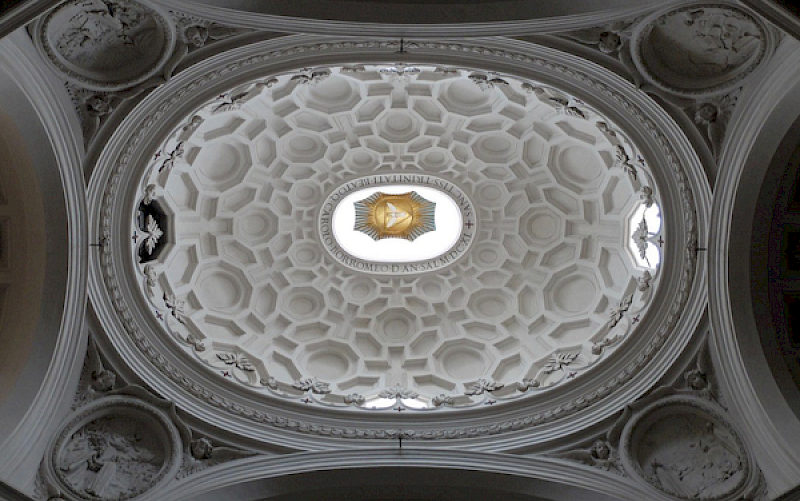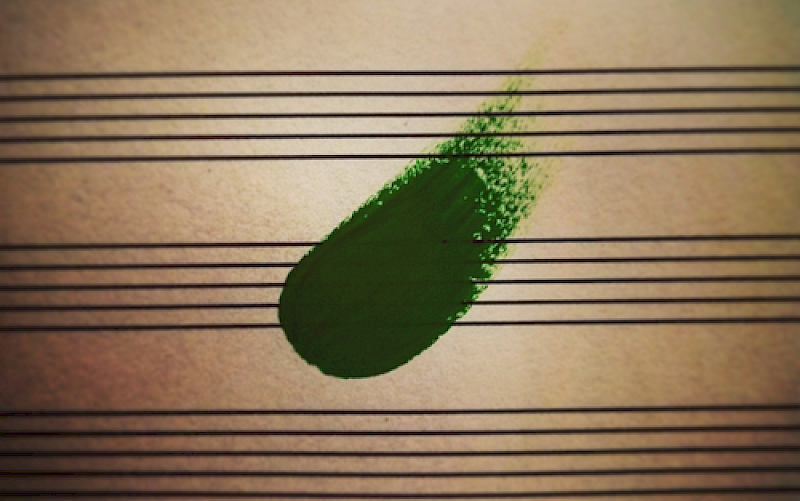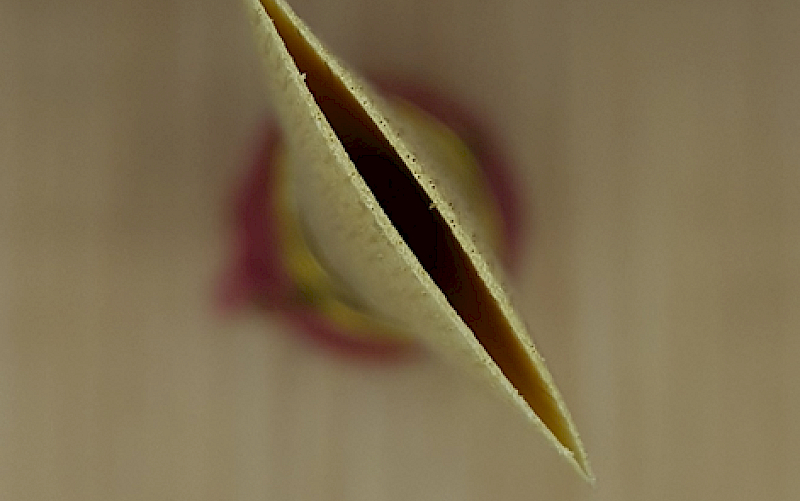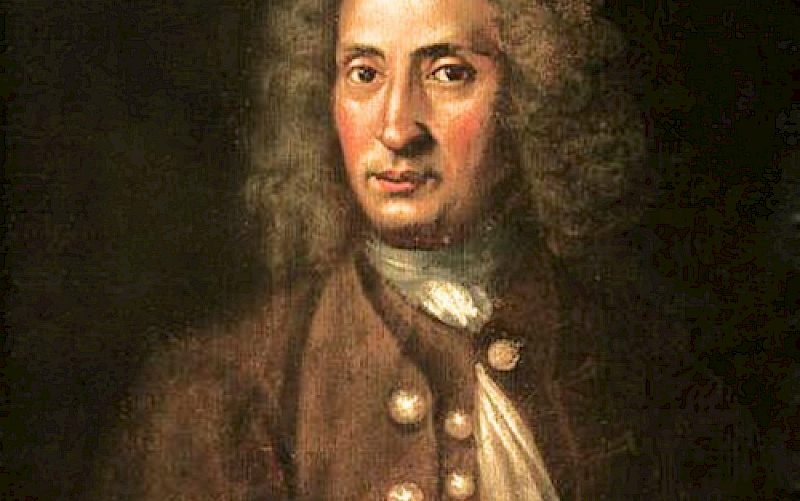Antonio Casimir Cartellieri: a forgotten master at the Viennese Court
The solo clarinet compositions of Antonio Casimir Cartellieri (1772-1807) are comparatively unknown in these days, although during his lifetime his works were widely acclaimed in the Viennese Court. This research has a threefold purpose: Reconstructing the life of Antonio Casimir Cartellieri; locating and procuring as many of Cartellieri’s works as possible; studying the selected compositions; assessing both his historical role in the clarinet repertory and the value of his compositions for the instrument. The results are presented in three chapters. The first one contains a biography of Cartellieri, the second deals with Cartellieri’s repertoire and the last chapter, the most important, contains the analysis of the clarinet solo works. Observation upon Cartellieri’s compositional style and treatment of the clarinet will be drawn from the analysis of the four clarinet concertos and the four clarinet quartets. With regards to the nowadays clarinet performer, Cartellieri’s compositions serve as a model representing the best traits of the late eighteenth-century wind virtuoso school. Furthermore, they provide a repertory bridging the gap between the old style of Stamitz and Mozart, and the new style of Weber, and Spohr. The concertos and the quartet are excellent training pieces for clarinet students, showing formal characteristics of the period. They are pleasant, charming, and unassuming works of the chamber genre, idiomatically suited for the solo instrument, emphasizing directness and balance of conventional structure. Cartellieri’s works were undoubtedly fashionable vehicles for displaying the Viennese Clarinets virtuosos. They possess a high degree of musical craftsmanship with moments of true musical inspiration.
Author: Elia Celegato
